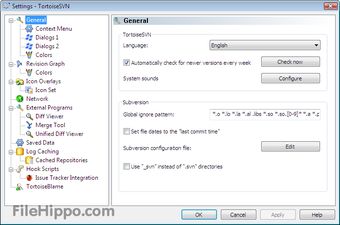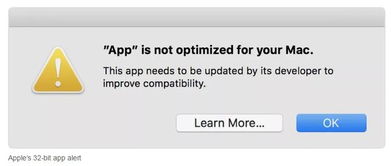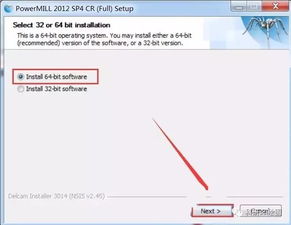
32-bit: A Comprehensive Overview
Understanding the concept of 32-bit is crucial in today’s digital world, where technology is advancing at a rapid pace. Whether you are a tech enthusiast, a software developer, or simply someone interested in the inner workings of computers, knowing what 32-bit means and how it impacts your daily life is essential. In this article, we will delve into the various dimensions of 32-bit, exploring its history, applications, and significance in modern computing.
What is 32-bit?

At its core, 32-bit refers to a system’s ability to process data in chunks of 32 bits. A bit is the smallest unit of data in computing, representing either a 0 or a 1. Therefore, a 32-bit system can handle data in 32-bit chunks, which is significantly larger than the 8-bit chunks that were common in early computers.
History of 32-bit Computing

The evolution of 32-bit computing can be traced back to the 1980s when Intel introduced the 80386 processor. This processor marked the beginning of the 32-bit era, offering a vast improvement over the previous 16-bit processors. Since then, 32-bit processors have become the standard in the computing industry, with numerous advancements and improvements over the years.
Applications of 32-bit Computing

32-bit computing has a wide range of applications across various industries. Here are some of the most notable ones:
-
Operating Systems: Many operating systems, including Windows, Linux, and macOS, are designed to run on 32-bit architectures. This allows them to support a vast array of hardware and software, making them accessible to a broad user base.
-
Software Development: 32-bit processors are essential for software development, as they enable developers to create applications that can run on a wide range of devices. Many programming languages and frameworks are designed to work with 32-bit systems, making it easier for developers to create cross-platform applications.
-
Graphics and Multimedia: 32-bit computing is crucial for graphics and multimedia applications, as it allows for high-quality image and video processing. Many graphics cards and multimedia software are designed to work with 32-bit systems, ensuring optimal performance.
-
Scientific Research: 32-bit computing is widely used in scientific research, where large datasets and complex calculations are common. The ability to process data in 32-bit chunks allows researchers to perform accurate and efficient computations.
Advantages of 32-bit Computing
There are several advantages to using 32-bit computing:
-
Increased Memory Addressing: 32-bit systems can address up to 4GB of RAM, which is significantly more than the 640KB limit of early 16-bit systems. This allows for more efficient multitasking and better overall performance.
-
Improved Performance: 32-bit processors can handle larger chunks of data, which results in faster processing speeds and improved performance. This is particularly beneficial for applications that require intensive computing, such as video editing and 3D rendering.
-
Enhanced Security: 32-bit systems offer improved security features, such as memory protection and access control, which help protect against malicious software and unauthorized access.
Limitations of 32-bit Computing
While 32-bit computing offers numerous advantages, it also has some limitations:
-
Limited Memory Support: 32-bit systems can only address up to 4GB of RAM, which may be insufficient for some applications that require large amounts of memory.
-
Incompatibility with 64-bit Software: Some software applications are designed to run only on 64-bit systems, which means that 32-bit users may miss out on certain features and performance improvements.
Transition to 64-bit Computing
As technology continues to evolve, the transition from 32-bit to 64-bit computing has become increasingly common. 64-bit systems offer several advantages over their 32-bit counterparts, including increased memory support and improved performance. Many modern operating systems and applications are designed to work with 64-bit architectures, making the transition a natural progression.
Conclusion
32-bit computing has played a significant role in shaping the modern computing landscape. Its ability to process data in 32-bit chunks has enabled the development of powerful applications, improved performance, and enhanced security





